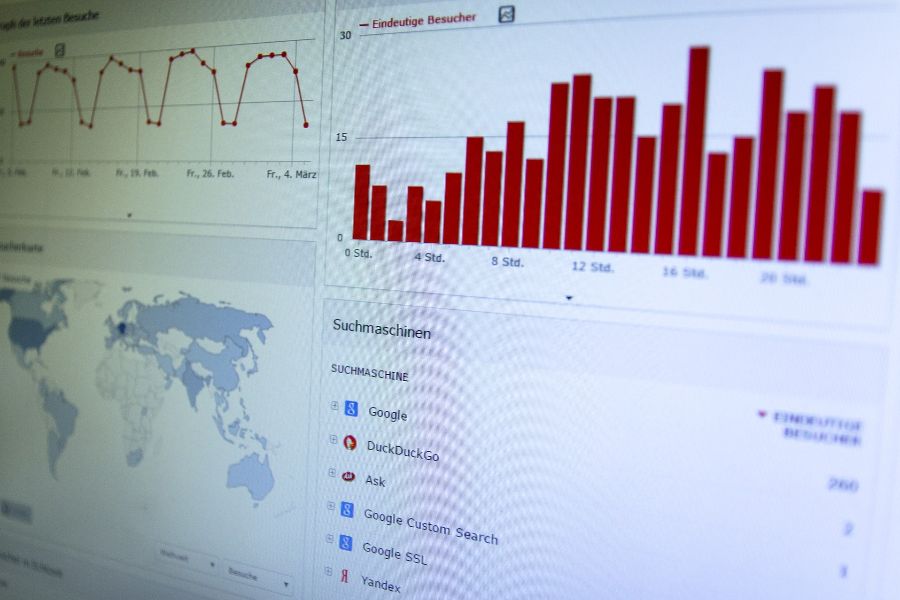If you’ve applied some rigor to the selection of your HRMS, the chances are your business case and process of finding the perfect software included consideration of your HR strategy.
Written by Dave Foxall
If you’ve applied some rigor to the selection of your HRMS, the chances are your business case and process of finding the perfect software included consideration of your HR strategy – after all, any HR automation should support what you’re trying to achieve HR-wise, no? And the converse is also true: you can use your HRMS and the data it holds to validate and hone your HR strategy.
It’s only in recent years that the possibilities of large quantities of accessible employee data have emerged. This emergence is in parallel to HR’s changing role (less administrative, more strategic, more impact on business performance and the bottom line) and the increasing use of HR technology. The current situation sees the opportunity for sophisticated analysis of your people data to provide new insights into your workforce that can be applied to your human resource planning.
How can HRMS data improve your HR strategy?
Performance-related data
One example of this feedback loop is the potential use of performance data to hone your compensation strategy. Higher performers often receive more pay or benefits. This is performance-related reward and is relatively common these days. However, how do you know that you’re rewarding the right people? In the past, high performers were identified by line managers in their role as performance appraisers. Fine, but as an approach, it’s open to error, and even abuse.
Your HRMS analytics data can enable you to link your rewards to the right performance factors, rewarding those efforts that are genuinely contributing to business success.
Another key input of data into your strategy is possible with workforce management, tackling such issues as turnover, retention and even improvement of your hiring processes.
Employee retention
Sufficiently complex HRMS analytics combine data from turnover, retention, resignations, exit interviews and employee engagement, with performance and team information. The result is a more sophisticated picture of the factors that drive or affect your workforce, allowing you to pinpoint ‘pain points’ and tackle the genuine causes of staff losses in your HR strategy, policies, and procedures.
Recruitment
You can go further and use such identified patterns and trends to guide your future recruitment campaigns, targeting particular skills, candidate populations, geographical regions and so on, depending on whatever the data indicates would be a fruitful source of skilled, high-performing and satisfied employees – which, after all, are the kind of people you want to keep.
Freeing up your HR team
Finally, a much-cited benefit of an HRMS is that it frees up HR staff from the more mundane and repetitive (and therefore easily automated) service tasks. In fact, improving efficiency and gaining greater functionality are the most popular reasons for implementing an HRMS according to a recent HRIS report with almost 50% of companies saying this is their biggest goal. While this benefit may result in cost savings through a reduction in headcount, most organizations look to leverage the ‘extra’ resource into more strategic tasks, such as succession planning and talent management. Another potentially significant shift in HR strategy, possible thanks to the fact-based evidence contained within the HRMS.
Conclusion
So there you have it. HRMS data doesn’t work in isolation, your analytics should feed into your decision making and help you understand your employees and organization on another level. This heightened level of understanding helps feed into the decision making, refining it, and helping you make better organizational choices, improving your strategy and your business.
Dave has worked as HR Manager for the Ministry of Justice for a number of years, he now shares his expertise on the HRMS software market as a columnist for HRMS World.




